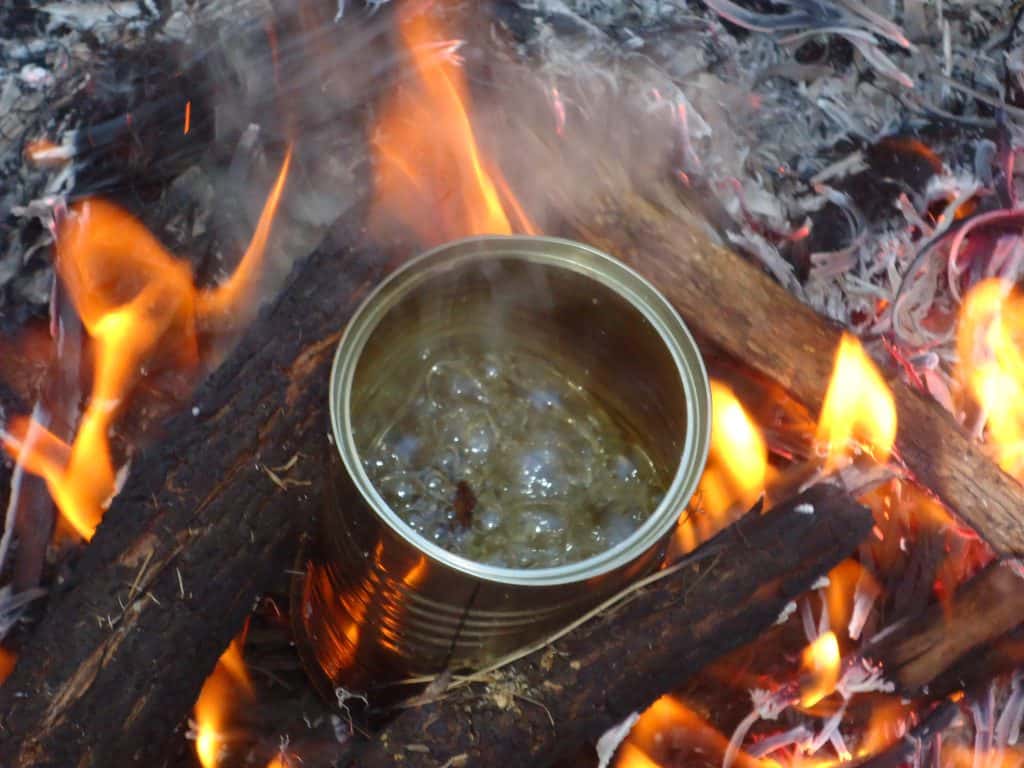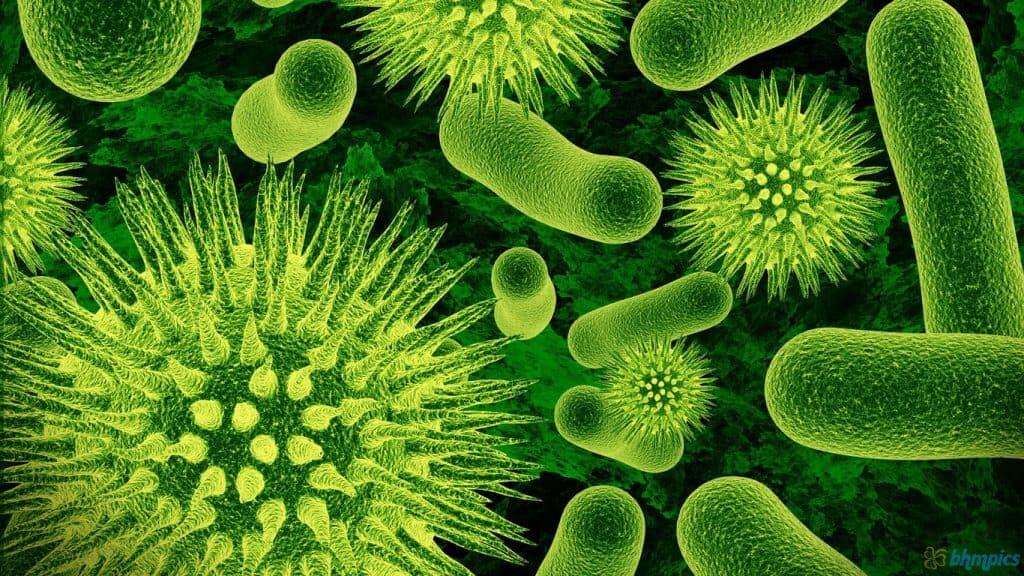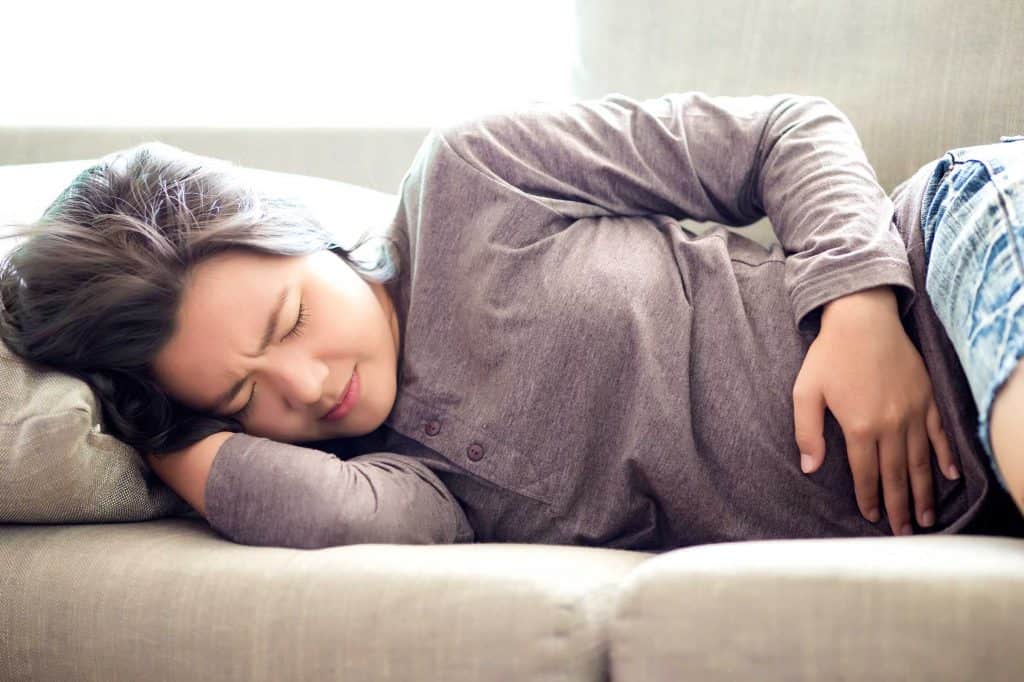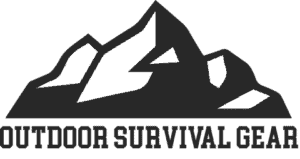How Long Do You Have to Boil Water to Kill Bacteria?
You need to bring your water to a rolling boil for a minimum of 1 minute to kill all the bacteria and pathogens. This is for elevations under 6,562 feet (2000 meters) altitude. If you live at a higher elevation, you should increase your boil time to 3 minutes.US Center for Disease Control
“Boiling can be used as a pathogen reduction method that should kill all pathogens. Water should be brought to a rolling boil for 1 minute. At altitudes greater than 6,562 feet (greater than 2000 meters), you should boil water for 3 minutes.”
Is Boiling Water Enough to Kill Bacteria?
 Boiling water is one of the best methods to clean water, making it safe to drink.
Boiling water is one of the best methods to clean water, making it safe to drink.
According to Health.gov
“Boiling water kills or inactivates viruses, bacteria, protozoa, and other pathogens by using heat to damage structural components and disrupt essential life processes (e.g. denature proteins).”
The Bottom Line to Purifying Water
Let your water come to a good rolling boil for at least 1-3 minutes to kill all of the bacteria and pathogens. If you don’t know your altitude, it’s best to keep it boiling a little longer just to be safe. Here is a good guide to follow based on boiling water at certain altitudes:- Water temperatures at 160° F (70° C) kills all pathogens within 30 minutes.
- Water temperatures above 185° F (85° C) kills all pathogens within a few minutes.
- In the time it takes for water to reach the boiling point of 212° F (100° C) all pathogens should be killed, even at high altitudes. To be safe, it’s recommended to let it boil for another 1-3 minutes.
Purified vs Filtered
In my article about how to identify venomous snakes, we learned that there is a difference between a venomous snake and a poisonous snake. Just like I used the words venomous and poisonous interchangeably, I’ve also been using the words purified and filtered interchangeably. Am I wrong for doing that? Let’s find out.Is Purified and Filtered Water the Same Thing?
Purified water and filtered water are often confused with each other. Most even use the two terms synonymously. While both types of water go through some sort of filtration process, purified water is cleansed and purified through an additional process. This is typically boiling water, reverse osmosis, distillation, or deionization. Water Filtration: It is important to remember that water filtration only focuses on removing impurities such as sand, dirt, and living organisms such as bacteria.Microbiology Online

“Bacteria are single-celled microbes. The cell structure is simpler than that of other organisms as there is no nucleus or membrane-bound organelles.”
When putting water through a water filter, you need to understand that the water might come out looking cleaner, but there could still be a lot of chemicals and potential viruses left behind. If this is the case, it is still unsafe to drink the water until it is put through proper purification. Water Purification: Water purification focuses more on removing the deeper impurities from the water. Impurities such as biological contaminants, viruses, chemicals, and other unseen materials.How to Ensure Your Water Is Safe to Drink
If you are in the wilderness and want to make sure you’re 100% safe to drink the water, you should both filter and purify your water. Put it through your filter (I recommend the Sawyer Water Filter) and then boil it for 1-3 minutes. Unless there has been a nuclear attack and there is a risk of radiation exposure, this should take care of cleaning the water and making you safe to drink.BE AWARE: Boiled Water Might Smell Funny
If you boil the water directly from the lake without filtering it first it might still smell like lake water. It will for sure smell different than the water from your house. Boiling the water purifies it to drink, but it won’t remove the sediment and some of the outdoor odor naturally found in the water.How to Know If You’re Sick from Drinking Dirty Water
 Most people see symptoms related to unsafe water from stomach cramping and diarrhea to serious illnesses and diseases like typhoid and malaria. As 60% of the human body is made from water, having access to safe, clean water is imperative.
Most of us have heard the myth that you need to drink eight glasses of water daily. While this is a good rule of thumb, it’s not entirely accurate as you need to calculate the amount of food you eat, and what your body needs for proper digestion. Some people need more, others need less. However, one thing I’ve learned while hiking through southern Utah in 100-degree weather is that your body will tell you when you need more water. If you don’t have room to pack enough water for your outdoor journey, you should at least pack the tools to enable you to purify and filter your water.
Pro Tip: If you’re thirsty, you’re already partially dehydrated. To be safe, you should drink enough water to never feel thirsty.
Most people see symptoms related to unsafe water from stomach cramping and diarrhea to serious illnesses and diseases like typhoid and malaria. As 60% of the human body is made from water, having access to safe, clean water is imperative.
Most of us have heard the myth that you need to drink eight glasses of water daily. While this is a good rule of thumb, it’s not entirely accurate as you need to calculate the amount of food you eat, and what your body needs for proper digestion. Some people need more, others need less. However, one thing I’ve learned while hiking through southern Utah in 100-degree weather is that your body will tell you when you need more water. If you don’t have room to pack enough water for your outdoor journey, you should at least pack the tools to enable you to purify and filter your water.
Pro Tip: If you’re thirsty, you’re already partially dehydrated. To be safe, you should drink enough water to never feel thirsty.
ARTICLE RECAP
How long do you need to boil water to make sure it’s safe for drinking?- 1 to 3 minutes at a roaring boil
- Yes
- No
- Filter it and then purify it
- Stomach cramps and diarrhea

